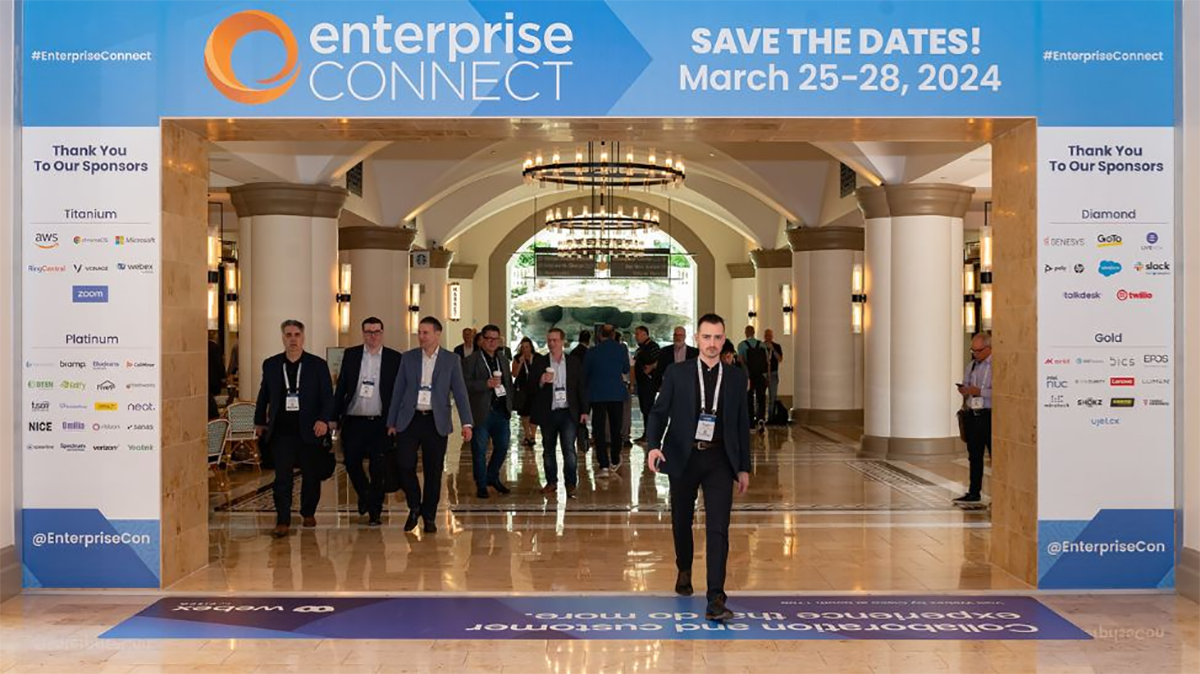For a while now, there’s been a little-known secret among high-volume users of long-distance (such as large call centers and telecom carriers) that Least Cost Routing (LCR) is a simple but powerful tool for reducing usage rates. But what few long-distance users know is that this service can also be used for toll-free traffic.
Toll Free: The Service Model
In least cost routing, the route of outbound communications traffic is evaluated frequently in order to determine which path affords the most savings. Traffic is then directed on that basis. Typically, toll-free service providers enter into agreements with several carriers to carry call traffic where the provider has no access, or where they can find better pricing than in their own network.
Companies can begin to utilize LCR for their toll-free traffic through dedicated providers who make LCR available for toll-free service at reasonable rates. These are typically tier 2 and tier 3 providers. Fortunately, technology has improved to the degree where the difference in call quality between tier 1 versus tier 2 and tier 3 providers is negligible.
Determining Cost/Benefit
It may take a little number-crunching to assess the potential gains from implementing LCR, but this effort is minimal and can translate into substantial savings. The deciding factor for most companies will depend on the usage ratio between U.S. and international calls. If a company’s traffic is in the thousands of dollars per month, the ROI is usually worth it.
Call centers that are still utilizing a Primary Rate Interface (PRI) can capitalize on the lower cost of Session Initiation Protocol (SIP) trunking for their toll-free traffic by deploying a SIP gateway interface, which converts SIP to PRI signaling. In this case, it is crucial to have a stable Internet service provider with low latency and sufficient bandwidth.
Redundancy and Added Insurance
An additional benefit of deploying SIP toll-free least cost routing is that a company has the ability to choose how many carriers it prefers in its LCR tables. SIP toll-free LCR also provides redundancy and disaster recovery insurance in the event that the primary carrier fails. Whatever a company’s current contractual obligations and services happen to be, it is well worth taking time to research least cost routing. The time spent could very well amount to significant savings, up to 70% for most of Commio’s partners. Find out how you can save, as well.
















